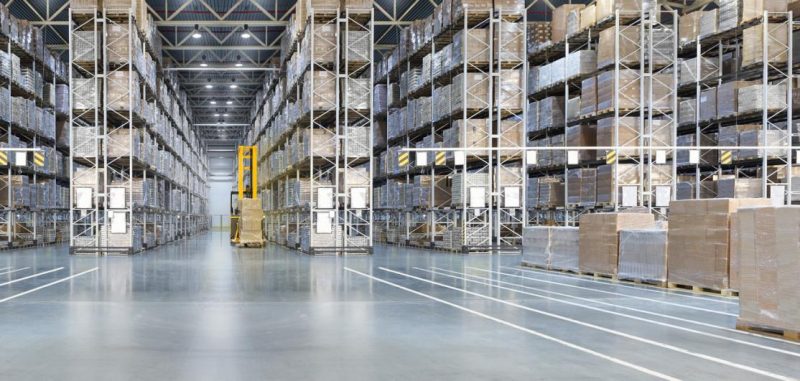More consumers are buying their groceries online, which has sparked a higher demand for cold storage warehouses and distribution centers. E-commerce food delivery services like AmazonFresh, Peapod by Giant, and Blue Apron are sparking an entirely new area of growth for investors, CNBC reports.
“About 2% or 3% of all goods on groceries are bought online, and we expect the space could explode to 13% over the next 5 years because of the penetration of the internet,” Spencer Levy, senior economic advisor for CBRE research, told CNBC.
The farm-to-table and organic trends are fueling the need for more cold storage facilities. Using fewer preservatives in food means more cold storage facilities are required to store them.
“Consumers want to eat more fruits and vegetables and less processed food, so when you have fruits and vegetables that need to be flash frozen and then transported across the country to the user, that is definitely taking an uptick in demand for this space,” Michael Carroll, an analyst with RBC Capital Markets, told CNBC.
Online grocery sales are forecast to grow by $100 billion annually by 2022, according to projections from the Food Marketing Institute and Nielsen.
But cold storage real estate appears to be in limited supply, making it increasingly valuable to investors as it grows in demand. At 3.6 billion cubic feet, cold storage facilities make up a relatively small portion of overall industrial and logistics real estate landscapes, CNBC reports.
“I think you’re riding a crest of a wave that’s only going to get better,” Levy says.
The cold storage sector’s initial growth is likely to be centered mostly in gateway markets, such as Los Angeles and New York City’s metro areas, along with high food producing states like Texas, Washington, Florida, and Wisconsin.
Source: “Cold Is the Hottest New Real Estate Investment,” CNBC (June 4, 2019)













